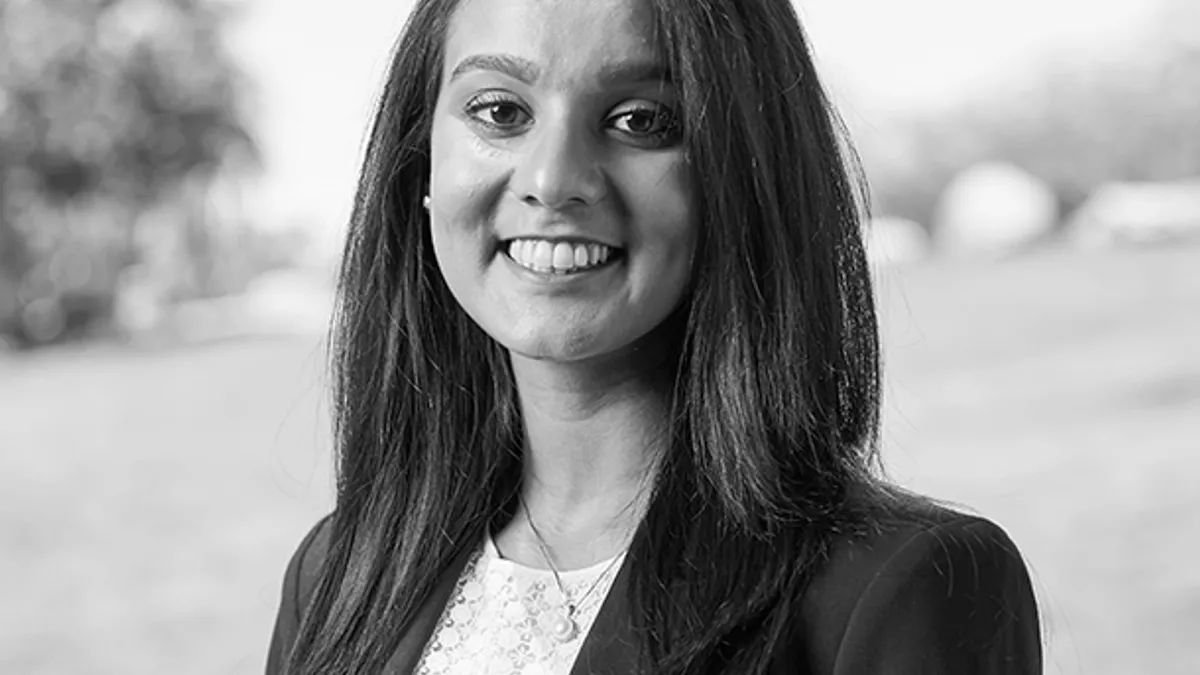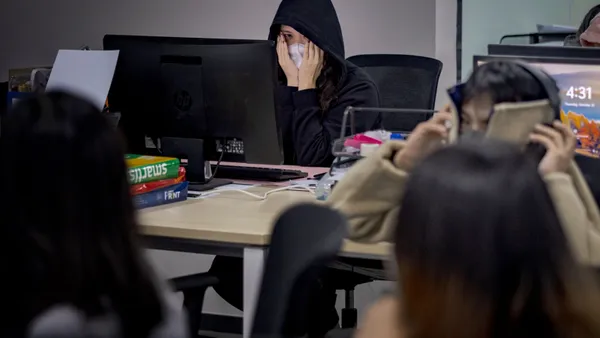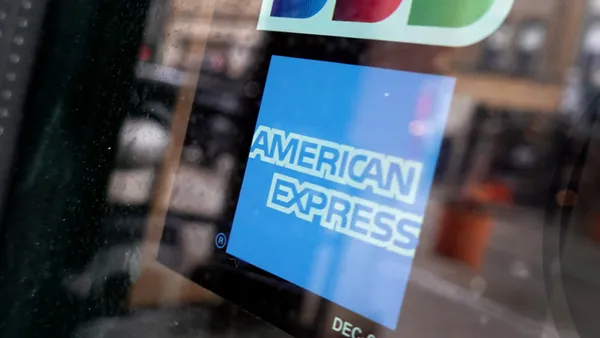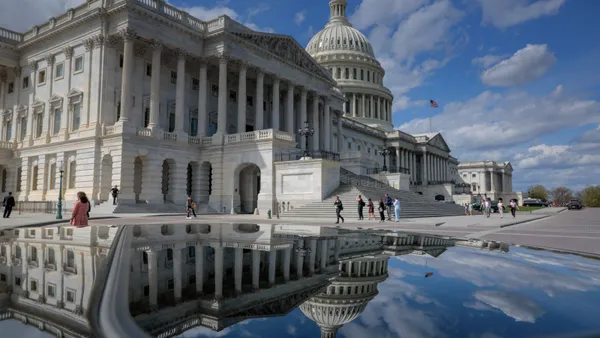Devina Khanna is a manager for the program team focused on policy and innovation at the Washington, D.C.-based advocacy organization Financial Health Network.
The pandemic accentuated inclusion silos in our financial ecosystem, particularly around banking. Delivery of economic impact payments put problems with the unbanked under a microscope.
Policymakers faced hurdles in sending the stimulus in a timely fashion to those outside traditional banking institutions while these consumers encountered mail delays and fees for cashing paper checks. In the wake of these challenges, both industry and policymakers have proposed solutions to improve financial inclusion, including changes to our payments system, affordable liquidity options, and private public partnerships, but addressing the needs of the unbanked population remains the key starting point.
Establishing a bank account can give way to inclusion in the larger financial ecosystem while saving consumers money and putting them on a path toward financial health. Yet, even with all the positives, the unbanked population remains high. The FDIC’s biennial survey of households found that in 2019, 5.4% of US households were unbanked. This number was higher for households of color with 14% of Black households and 12% of Latinx households reporting to not having a bank account, compared to only 3% of White households. A majority of those unbanked households said they lacked the minimum balance required to hold an account and almost one third said they did not trust banks.
Access to checking accounts and savings accounts are often the first steps to participating in the financial ecosystem. These accounts enable consumers to store funds, make everyday transactions, and cash checks. In fact, lacking access to checking and savings can come at a cost. When the government distributed the Economic Impact Payments, an unbanked family of 5 could have paid more than $195 in check cashing fees to gain access to the funds.
A number of industry players have worked to narrow the unbanked gap by offering low fee bank accounts and increasing transparency around back-end fees. Consumer advocates have long criticized financial institutions for charging “gotcha” fees, and regulators have even taken actions against some. Large-scale financial institutions like PNC, Bank of America, and Wells Fargo have shifted away from reliance on back-end fees and a number of banks and credit unions have followed suit. As financial institutions compete for new business, this trend is likely to continue.
Policymakers created BankOn to address the unbanked. BankOn is a program facilitated through the Cities for Financial Empowerment Fund that partners city, state and federal policymakers with financial institutions and nonprofit organizations to offer low-cost bank accounts. Financial institutions must meet certain standards to be certified, such as low minimum balance requirements and no overdraft fees, and thus far, over 32,500 financial institution branches offer BankOn accounts. The FDIC continues to promote BankOn accounts to address the unbanked gap and the American Bankers Association has called on all banks to offer these accounts.
Further action to address access to banking is an ongoing debate over both how and whether governments should play a role. Some policymakers have pushed for the Federal Reserve to provide affordable bank accounts and to make banking services accessible at post offices. Last year, Sen. Sherrod Brown, D-OH, proposed this structure as part of the Pandemic relief but it ultimately died in Congress.
A bank account opens up a consumer’s access to not only their own money and a lack of fees, but it is essential to creating long-term financial health. Actions are being taken across the board to address the unbanked but barriers remain. As the government rolls out the Child Tax Credit payments and future economic relief, unbanked individuals will once again be the last ones to receive their payments. Industry and policymakers must continue to work together to promote financial inclusion and address this crucial population.










